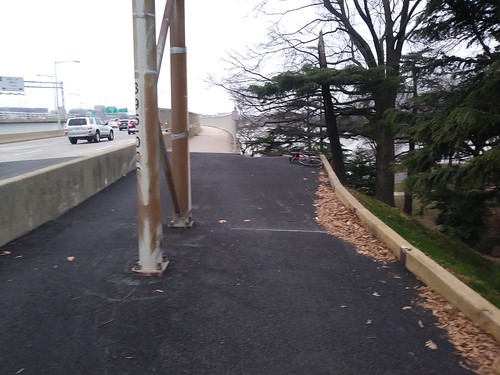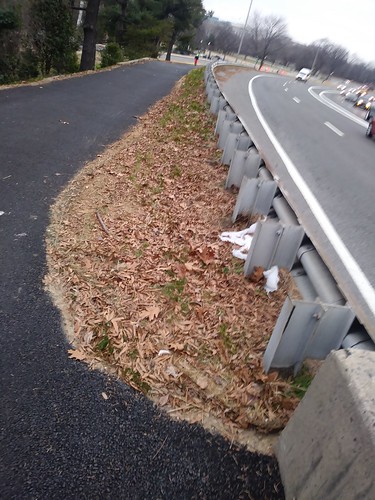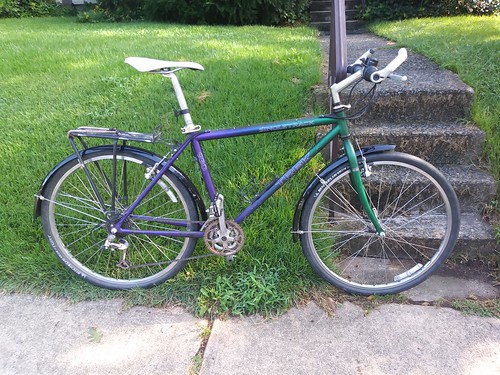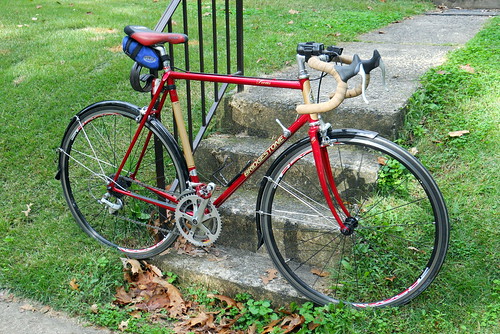 This Is My Road: The Shimano Story by Yoshizo Shimano
This Is My Road: The Shimano Story by Yoshizo ShimanoMy rating: 4 of 5 stars
I read this because of my interest in cycling, and in particular, Japanese bicycles and bicycle components.
This book was apparently produced from some Japanese language articles that were published, re-purposed and translated into English to produce this memoir and personal history of the Shimano bicycle (and fishing tackle, but not much about that) company.
Apparently because the book was taken from some serially-published articles, the 30 chapters are all short and all about the same length. Some themes continue from chapter to chapter and get a little more in depth treatment eventually, but there isn't much depth here. On the other hand, there is a certain amount of refreshing honesty, I would say, as Mr. Shimano looks back.
Given that I was mostly interested in the cycling history aspects going in, I didn't get that much - but I found it interesting in other ways, as it turns out, as he talked about his family relationships and the company. The discussion of Shimano's development of different products and leadership is presented only very briefly.
It is somewhat curious that the translation is not that good. No credit is given to a translator; sole authorship credit is given to Yoshizo Shimano. He lived in the U.S. for decades; perhaps he did it himself? It would certainly be in character.
An interesting example of seeking out a book to read for one reason and coming away satisfied with the experience mostly for other reasons.
View my book reviews about cycling books.







